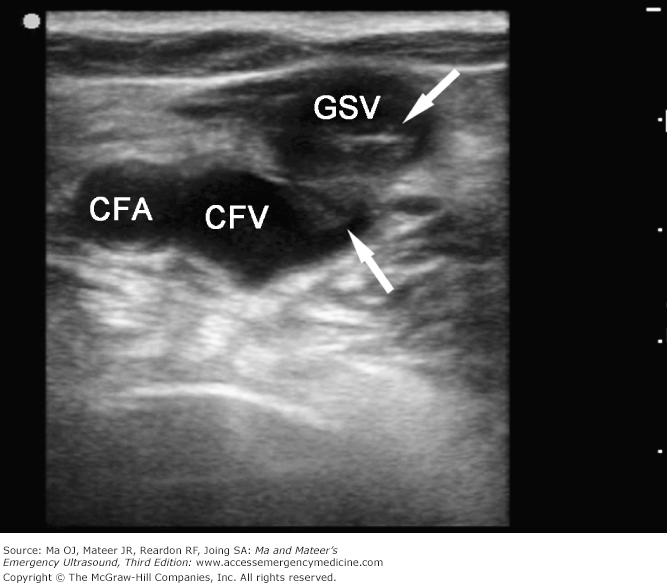[ad_1]
“Good things take time, as they should. We shouldn’t expect good things to happen overnight. Actually getting something too easily or too soon can cheapen the outcome.” — John Wooden
The above quote can be applied to almost every endeavor, but as it applies to the back office functions of a business office— it’s important to take the time to make lasting improvement—not just put a band-aid on for a quick fix. The time-consuming work includes setting goals for performance improvement initiatives, education of staff, regular meetings, performance discussions, and attention to detail on all aspects of the revenue cycle.
Partnering with an outsourcing firm that has expertise in best practices for back-end revenue cycle functions means a lot of that hard work is already done, but not all of it. It also means that the effort can now be expended on improving clean claims submissions, patient experience outcomes, lowering delayed payment and denial rates and the other factors that cause cost and inefficiency issues within the revenue cycle.
Back Office Roles and Functions:
- Claim submission and claim edit resolution
- Payment posting
- Credit balances and refund processing
- Insurance accounts receivable follow-up
- Denial resolution and appeals
- Customer service and patient pay
- Underpayment analysis and resolution
- Core system management and reporting
Here are some of the critical back-end business office functions and best practice tips on how to organize your business office and add to your bottom line.
Claims submission and edit resolution tips:
- Submit claims daily—The hard work in decreasing denial rates and days in A/R comes before the claim is even submitted. Staying timely and submitting new claims each day is best practice to ensure days in A/R are accurate and allows the appropriate amount of time to identify any mistakes that may be occurring prior to claims submission.
- Work edits within 24 hours —Edit resolution is usually easy to work, and all edits should be worked within 24 hours. Failure to identify coding or charge entry mistakes prior to claims submission can result in claims being rejected by the payer. Establishing an internal process to work through edits and correct claims will decrease denial rates and produce healthy cash flow.
- Maintain dedicated staff —This is easier said than done, but maintaining staff in the claim submission and edit resolution position is best practice due to the recurrent nature of some edits. A person who is very familiar with edits can resolve them quickly and recognize patterns that may indicate larger trends and issues.
Payment posting tips:
- Automate as much as possible—90% of payment posting should be automated to minimize errors. Accurate payment posting is critical to overall profitability as well as ensuring patients are billed for the correct amounts. Accurately capturing denial reasons helps identify root cause.
- Identify individual line denials—Payment posting consists of not only posting payments but also involves posting adjustments and denials. Since payers may deny an entire claim or just deny one line item on a claim, it’s important to have high attention to detail. It’s also impossible to retroactively find a denied line that is inadvertently included with the adjustment or part of the patient’s responsibility.
- Be mindful of secondary and tertiary payers—Most billing systems will submit secondary claims electronically unless there are edits within the systems, but if the primary payment is posted with errors the secondary claim may go to the payer with mistakes.
Credit balances and refund processing tips:
- Implement a proactive strategy—Work credits and issue refunds regularly to prevent them from becoming unmanageable, and negatively skewing performance data.
- Issue refunds within 60 days—If refunds are sitting for more than two months, you will most likely find yourself with unhappy and confused patients. Patients receiving a credit check back from an account they thought was paid and closed can cause hassle and miscommunication— and creates a sense of mistrust among your patients.
- Consider system automation to automatically apply patient credits to other services—Automatically applying credit balances to other services where appropriate cuts down on staff time needed to identify credit balances. An automated system may also help keep track of regulatory requirements to return/refund money to payers and patients.

Insurance accounts receivable follow-up tips:
To maximize time spent, hire talented and dedicated specialists who are trained to follow up with insurers and thoroughly work claims—from denial to payment. This role diligently follows up with claims that are processed incorrectly or not yet processed—20% of medical claims are processed incorrectly.
That’s 1 in every 5—which can significantly damage cash-flow.
Denial resolution and appeals tips:
- Ensure claim report data is properly interpreted and denied claims are separated into ones that are preventable and ones that need to be managed when they occur.
- Track denied claims for missing information—root cause analysis is necessary to determine how information gets missed.
- Get focused and specific— for example, the denial may indicate a missing preauthorization/referral but looking into the specific payer details will help determine if your front-end staff failed to obtain the authorization or if the inaccurate information was specific to what that payer needed from the authorization when it was obtained.
Customer service and patient pay tips:
- Create productive contact at the right time with an educational approach to patient needs.
- Use a propensity to pay a demographic aggregation tool to determine which patients are able to pay without multiple account touches to save time and resources.
- Provide benchmarks and incentives for your patient experience representatives. Your staff wants consistency in expectations and they want to know they are doing a good job. Show your employees reports with trends that you are tracking in your organization and set goals for everyone.
On the other side of the business office of back-end, roles include the patient experience representatives who follow up with your patients to collect payment and answer billing questions. For this role, you need team members who are committed to the patient experience and proficient with the insurance adjudication processes to help educate patients. It’s also important to have Supervisor and QA Analyst support to foster team member development.
Underpayment analysis and resolution tip :
Leverage technology to load fee schedules and automatically identify any variance. Also, you should regularly report to payers. According to an Emdeon study, payers underpay practices in the U.S by 7-11% on average.
This is not a trivial amount, but can often be overlooked and therefore the money is left on the table.
The bottom line
Back office roles and functions in the revenue cycle are critical to the success of your organization, and outsourcing these functions with a partner firm has many benefits—not the least of which is saving you and your people time and effort while improving revenue cycle performance. You’ll have access to potentially cost-prohibitive technologies to help achieve best practices, as well as resolve any difficulty with recruiting, retaining and educating qualified staff members.
Learn more about The Necessity for Change: End-to-End Revenue Solutions
[ad_2]











